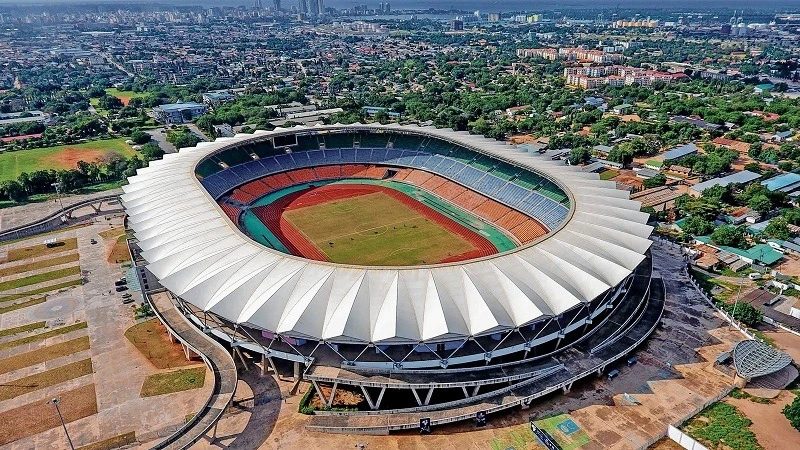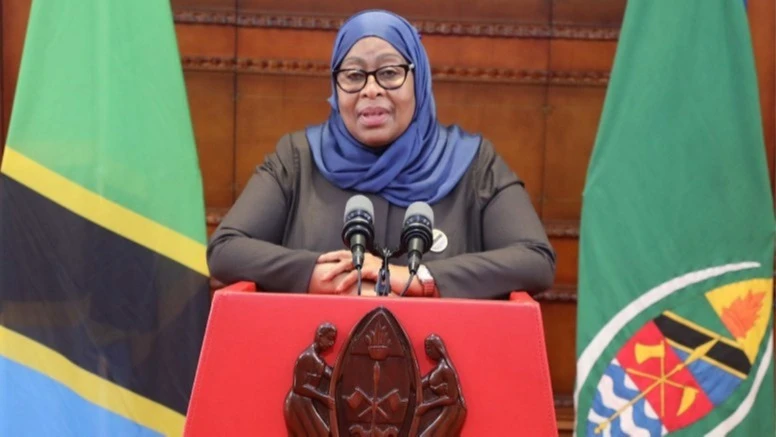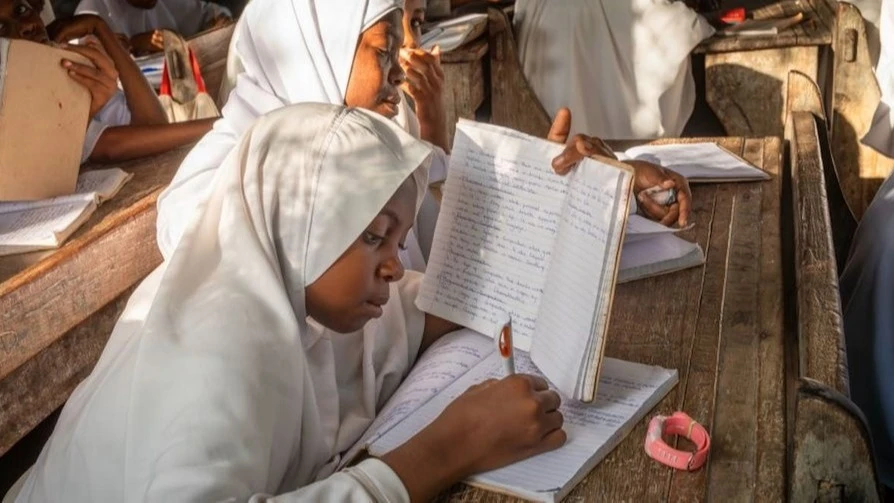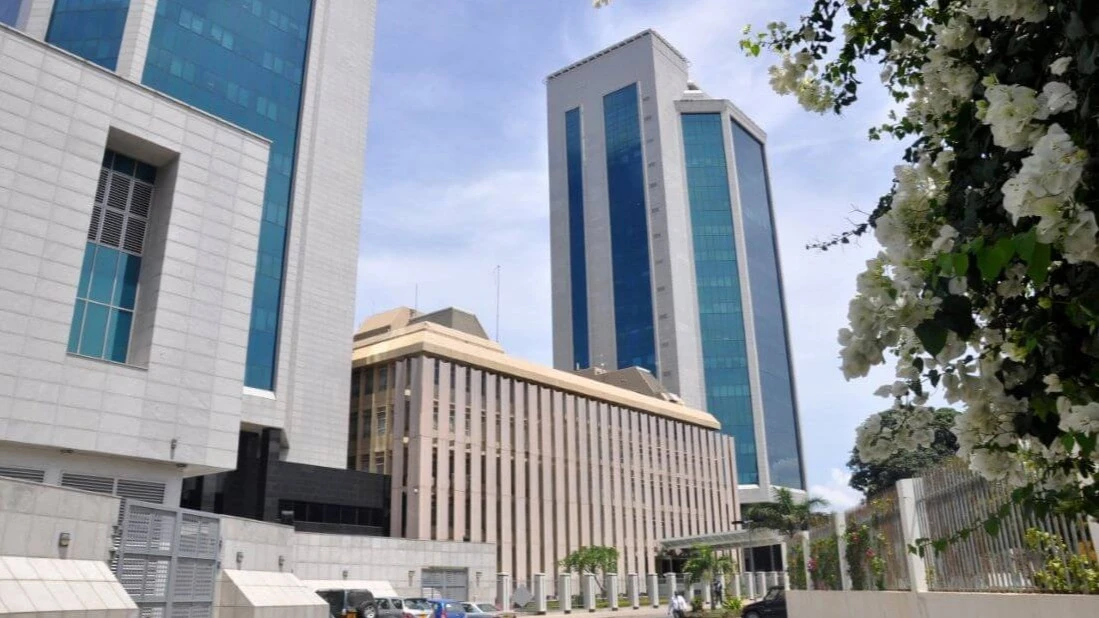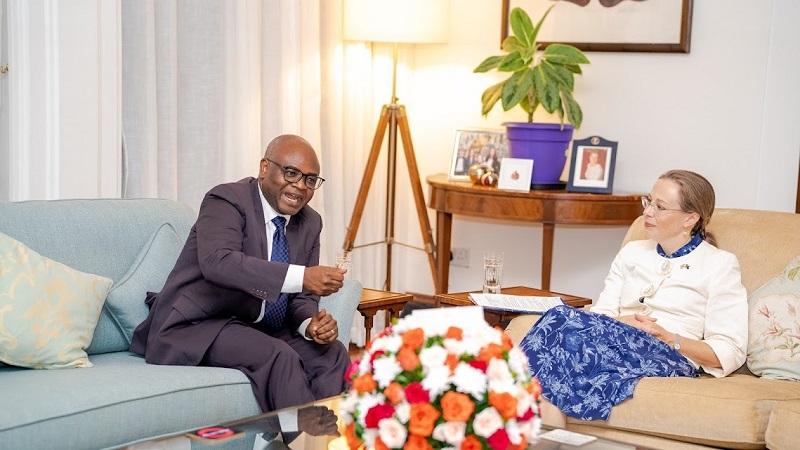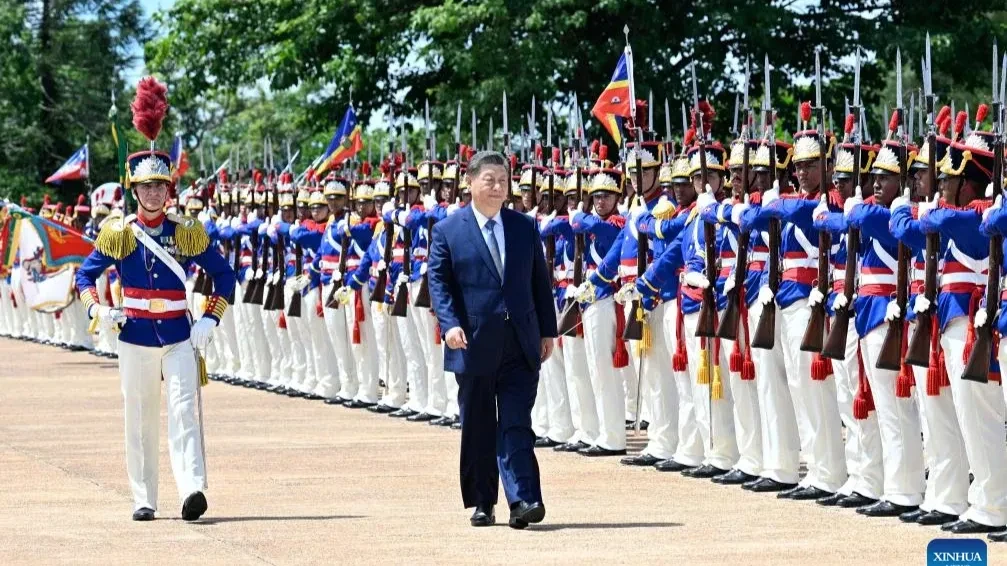BoT to maintain cautious monetary policy in supporting growth, stability during 2025/26
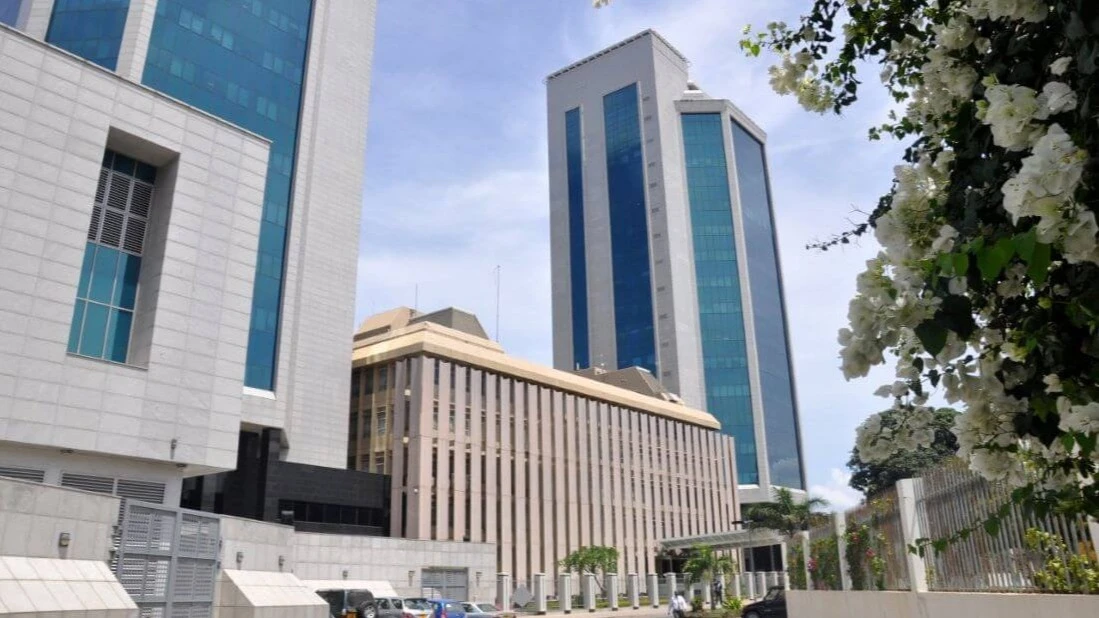
The Bank of Tanzania (BoT) has announced a cautiously accommodative monetary policy stance for the 2025/26 fiscal year, aimed at keeping inflation within the 3 to 5 percent target range while supporting strong economic growth across the country.
According to the central bank’s policy statement for June, the move aligns with national economic projections that anticipate a growth rate of 6 percent for Mainland Tanzania in 2025, rising to 6.3 percent in 2026. Zanzibar’s economy is expected to expand by 6.5 percent and 6.7 percent over the same period.
The growth outlook is largely underpinned by increased public investment, particularly in infrastructure projects such as railways, roads, airports, and sports facilities.
These developments are expected to make a significant contribution to the country’s economic expansion.
Additional support will come from increased investment in agriculture, especially in irrigation schemes, alongside favourable weather and policies that promote the agricultural value chain.
The financial and insurance sectors are projected to benefit from the growing uptake of digital mobile services, while the construction sector will gain momentum from sustained infrastructure spending.
The BoT stated that its Monetary Policy Committee (MPC) will continue to meet quarterly to assess economic trends and adjust the Central Bank Rate (CBR) as necessary to achieve inflation and growth targets.
To enhance evidence-based policy decisions, the Bank will continue to conduct economic research and surveys, while improving the availability and quality of high-frequency data.
It will also intensify public education campaigns on the interest rate-based monetary policy framework and promote wider use of the Tanzanian Shilling in domestic transactions, aiming to improve the transmission and effectiveness of monetary policy.
The central bank’s broader strategy includes structural reforms intended to strengthen the stability and resilience of the financial sector and reduce lending risks to the private sector.
It is also working to expand financial inclusion by broadening access to financial services, diversifying product offerings, encouraging digital payments, and promoting financial literacy and consumer protection.
Efforts to deepen and increase the liquidity of financial markets are also underway.
To enhance the effectiveness of monetary policy, the BoT has begun implementing a Circular on TIPS Charges for transfers between bank accounts and e-wallets. It is also refining its liquidity forecasting framework and introducing measures to improve transparency and reduce counterparty risk in the interbank market.
These steps aim to ensure that the 7-day interbank rate remains within a ±2 percentage point band around the CBR.
On interest rate policy, the BoT reaffirmed its commitment to a market-driven approach that facilitates efficient capital allocation. MPC decisions on the CBR will continue to guide lending and investment rates across the financial system.
In collaboration with stakeholders, the Bank will pursue reforms to improve transparency in interest rate setting, strengthen oversight of banks and microfinance institutions, deepen financial markets, and enhance public access to financial information and education.
Regarding exchange rate policy, the Bank stated that it will continue to allow the value of the Tanzanian Shilling to be determined by supply and demand in the foreign exchange market, serving as a buffer against external shocks.
The BoT will participate in the interbank market under the Foreign Exchange Intervention Policy to help manage short-term volatility, support monetary operations, and maintain market liquidity.
The Bank also emphasized the importance of maintaining adequate foreign exchange reserves, with a goal of covering at least four months of imports throughout 2025/26.
To achieve this, it will implement reserve-building strategies, including gold purchases through its Domestic Gold Purchase Program and foreign exchange swaps as necessary.
The BoT reiterated its commitment to ensuring exchange rate stability and macroeconomic confidence in support of the government’s broader development goals for the 2025/26 fiscal year.
Meanwhile, the central bank statement has said that the the global economic outlook remains subdued, quoting the International Monetary Fund (IMF), in its April 2025 World Economic Outlook, that revised global growth projections downward to 2.8 percent for 2025 and 3.0 percent for 2026, compared to the 3.3 percent previously projected in January.
This represents a cumulative downgrade of 0.8 percentage points.
Growth is expected to decelerate across advanced economies, emerging markets, and sub-Saharan Africa due to rising trade tensions—most notably from substantial US tariff hikes and retaliatory measures from key trading partners—alongside persistent policy uncertainty and the lagging impact of high interest rates.
Global inflation is projected to decline more slowly than previously anticipated, reaching 4.3 percent in 2025 and 3.6 percent in 2026.
While advanced economies have experienced upward revisions to inflation forecasts, slight downward adjustments were noted for emerging and developing markets.
Nonetheless, the overall downward trend in inflation is expected to persist, driven by delayed effects of monetary tightening and relatively stable commodity prices, especially for food and energy.
A similar inflation path is anticipated across East African Community (EAC) and Southern African Development Community (SADC) countries, supported by sound policy measures and stable food supply.
However, inflation risks remain moderate and could intensify if trade tensions worsen or conflicts in the Middle East escalate.
Top Headlines
© 2025 IPPMEDIA.COM. ALL RIGHTS RESERVED







